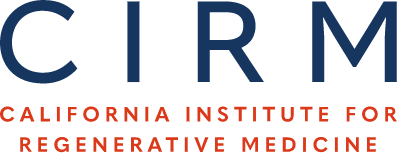Role of ataxin-3 polyadenylation site selection in ALS neuron toxicity and disease pathogenesis
Grant Award Details
Grant Type:
Grant Number:
DISC0-14448
Investigator(s):
Disease Focus:
Human Stem Cell Use:
Cell Line Generation:
Award Value:
$1,514,416
Status:
Active
Grant Application Details
Application Title:
Role of ataxin-3 polyadenylation site selection in ALS neuron toxicity and disease pathogenesis
Public Abstract:
Research Objective
Here we will study the role of ataxin-3 alternative polyadenylation in the pathogenesis of ALS, and test if ASOs can reduce distal polyadenylation of ataxin-3 to rescue ALS disease phenotypes
Impact
Our goal is to determine if ataxin-3 genetic dysregulation is a target for the development of therapies to treat ALS (Lou Gehrig's disease), frontotemporal dementia, and Alzheimer's disease
Major Proposed Activities
Here we will study the role of ataxin-3 alternative polyadenylation in the pathogenesis of ALS, and test if ASOs can reduce distal polyadenylation of ataxin-3 to rescue ALS disease phenotypes
Impact
Our goal is to determine if ataxin-3 genetic dysregulation is a target for the development of therapies to treat ALS (Lou Gehrig's disease), frontotemporal dementia, and Alzheimer's disease
Major Proposed Activities
- Assay ataxin-3 expression and function in motor neurons + cortical neurons derived from human stem cells for 3 ALS patients (who display a high-risk genetic alteration in ataxin-3) and 3 controls
- Pinpoint the genetic alterations in the ataxin-3 gene most likely to account for high risk of developing ALS
- Genetically modify a control human stem cell line to convert it to a high-risk ALS version by introducing the ataxin-3 genetic alteration
- Assay ataxin-3 expression and function in motor neurons + cortical neurons derived from the genetically modified control line created in Activity 3 in comparison to its control (isogenic) counterpart
- Develop a genetic therapy known as antisense oligonucleotides (ASOs) in human stem cells that is capable of reversing the effect of the ALS disease-causing genetic alteration in the ataxin-3 gene
- Test if the most potent ASOs identified in Activity 5 can counter the ALS genetic risk factor in the ataxin-3 gene and thereby prevent ALS disease phenotypes in human stem cell-derived neurons
Statement of Benefit to California:
There are no highly effective therapies to treat ALS and a closely related disorder known as frontotemporal dementia (FTD), where patients show aggregation of TDP-43 protein. Here we will study if a genetic alteration in a specific gene predisposes individuals to developing TDP-43 protein abnormalities, which are a central feature of ALS, FTD, and Alzheimer's disease, and will determine if a genetic therapy directed at this defect could hold promise as a therapy for these devastating disorders.



